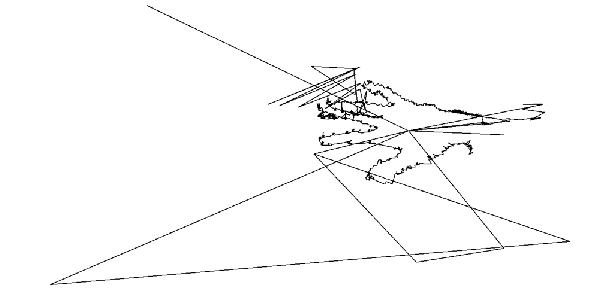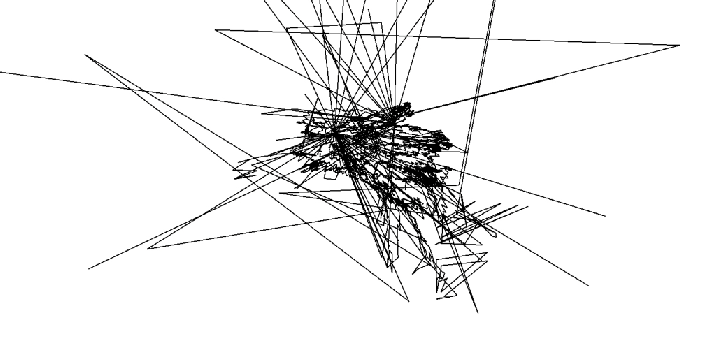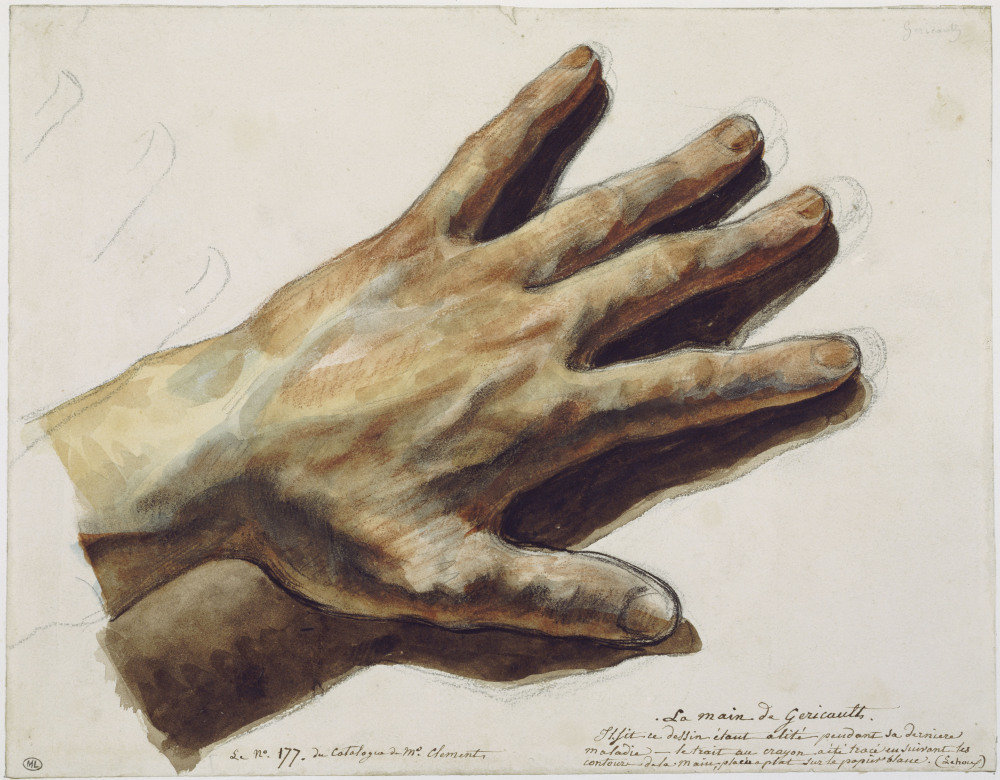Many artists throughout history have drawn their hand for a variety of reasons. In her section dealing with anatomical body parts, Petherbridge (2010; 251-259) mentions how, symbolically, hands can allude to the individuality of the artist. In view of this she discusses Géricault’s drawing of his left hand, drawn in watercolours on his deathbed. He started by extending his arm onto paper, and traced along it, of which markings are still visible at the fingertips (Figure 49). This trace was the starting point for the drawing, from which he then built-up the image of his hand. Apart from the captivating story behind this drawing, now at the Louvre in Paris, Géricault’s very act of extending his arm and tracing it made me want to attempt to eye draw it (Figure 47 & 48). He might have started his drawing from a traced-outline due to his bedridden state, but at the same time, the gesture of extending one’s arm and drawing the hand is a gesture that shouts; “I am here, this is what I see and this is how I see it”. I wanted to eye draw it with the aim of recontextualising (and re-draw) this presence through my gaze.
__________
References:
Petherbridge, D. 2010. The primacy of drawing : Histories and theories of practice. New Haven: Yale University Press.

Figure 47: One of the eye-drawings resulting from eye drawing Figure 49 at a distance of 50cm from the computer screen using the binocular eye tracker.

Figure 48: One of the eye-drawings resulting from eye drawing Figure 49 at a distance of 50cm from the computer screen using the binocular eye tracker.

Figure 49: Théodore Géricault, La main gauche de Géricault, 1823, watercolour on paper, 22.5 x 29.5cm, Louvre collection, Paris.